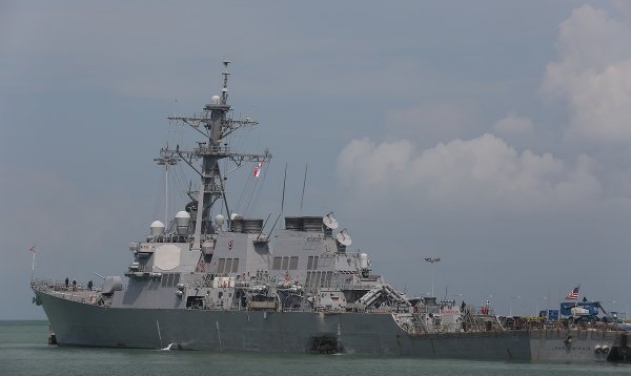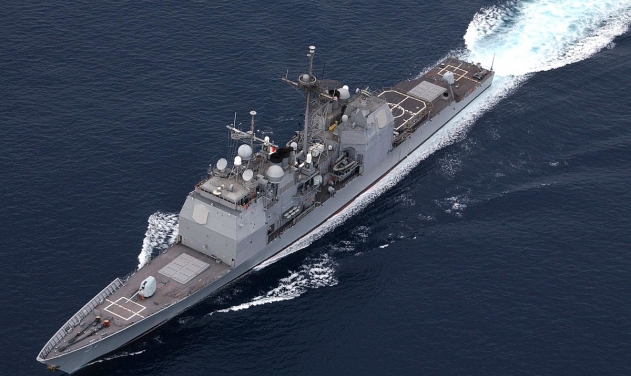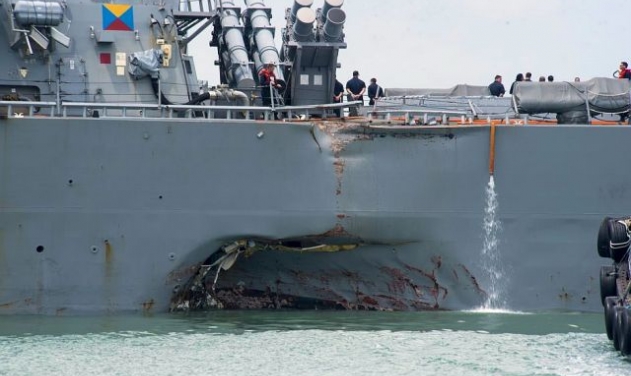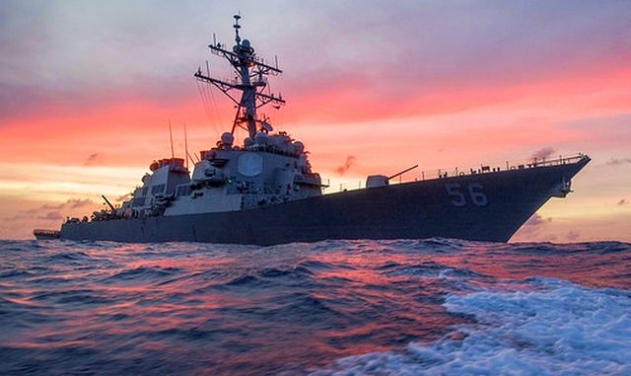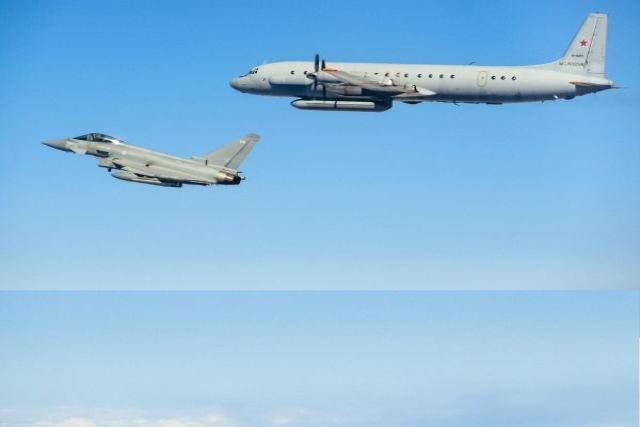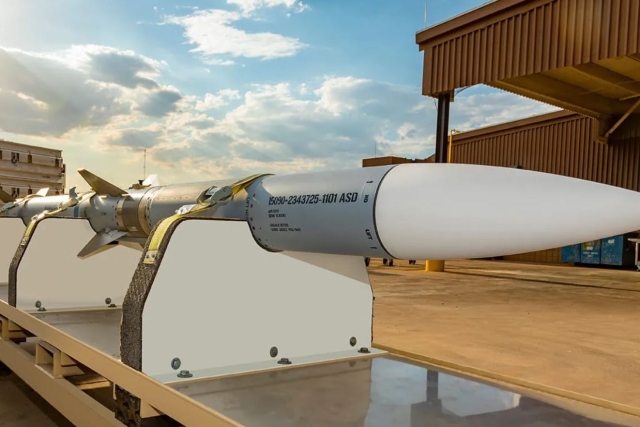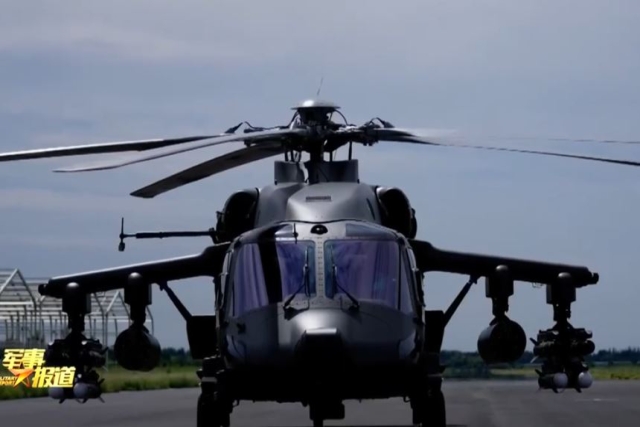Stealth Features on US Warships Led to Collisions With Merchant Vessels?
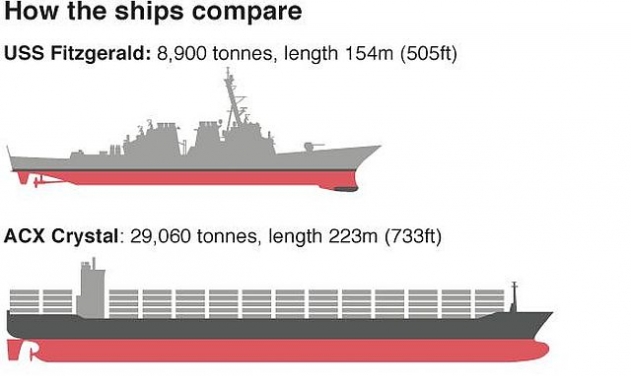
Recent deadly collisions between US Navy Ships and cargo vessels in crowded shipping lanes may have been caused by the inability of civilian ships from spotting them early or judging their size and proximity accurately.
This issue was discussed Tuesday at a hearing of the US Senate Armed Services Committee (SASC) where Secretary of the Navy Richard V. Spencer and Chief of Naval Operations Adm. John Richardson talked about their efforts to prevent further collisions, USNI reported.
Part of the problem isn’t the Navy’s ability to see who else is out there, but everyone else’s ability to spot Navy ships. “The Navy is very good at disguising itself at sea,” Richardson said.
Navy ships are designed to appear as something much smaller when detected on the radar screens of other ships. Even in daylight, Navy ships are painted Haze Grey to make it very difficult for crews on enemy ships to make visual contact.
“We design our warships to have a lower radar cross-section. Some are designed to be very low,” Richardson said. “That degree of stealth makes us more effective from a warfighting standpoint.”
But this stealth also imposes a burden on Navy crews to understand non-threatening marine traffic will have difficulty recognizing the size, location, and speed of Navy ships, Richardson added.
A quick fix, Richardson said, is now the surface fleet is supposed to use its automatic identification system (AIS) when in high traffic areas.
“AIS is primarily and foremost a navigation tool for collision avoidance,” according to Coast Guard instructions. “The AIS corroborates and provides identification and position of vessels not always possible through voice radio communication or radar alone.”
“We had, I think, a distorted perception of operational security that we kept that system secure – off – on our warships,” Richardson said. “One of the immediate actions following these incidents – particularly in heavily trafficked areas we’re just going to turn it on.”

